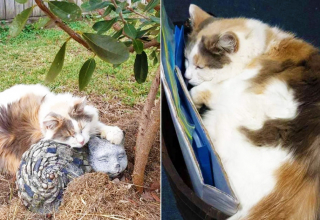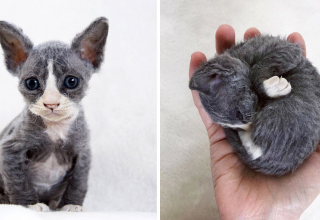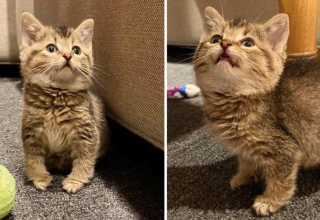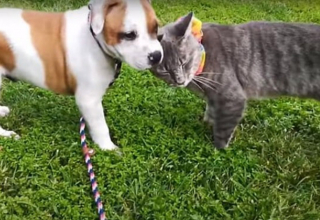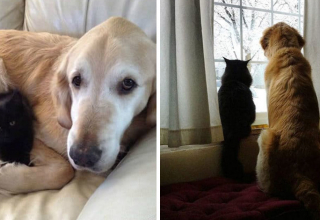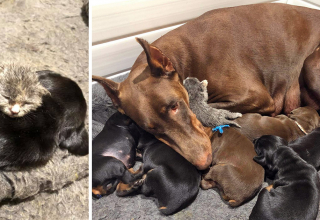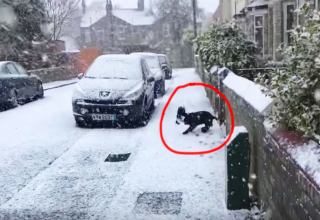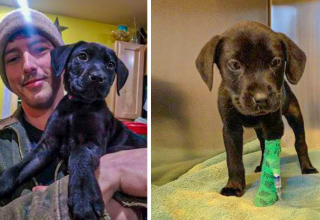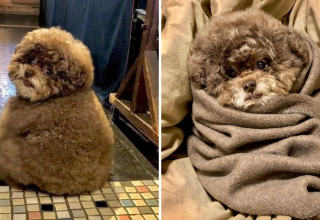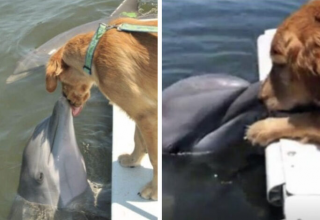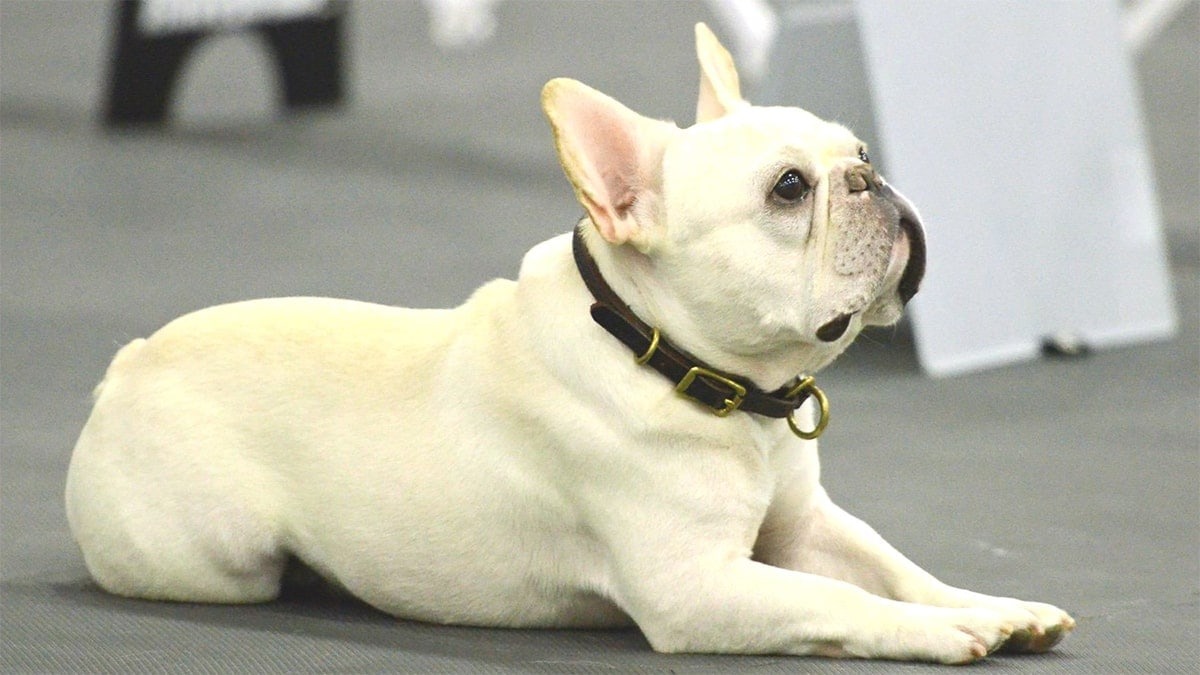
Dogs body language involves a variety of unique methods for communicating emotions and intentions. It can be completely different from the way humans communicate.
Much dog communication includes barking, whining, and growling, so it’s important to know what dog sounds mean. Dogs often rely on non-verbal body language. Sometimes, a dog’s body language is simply unfamiliar. At other times, it directly contradicts what the same cues mean to humans, such as yawning or looking away.
To better communicate with your canine companion, learn some tips on how to read your dogs body language.
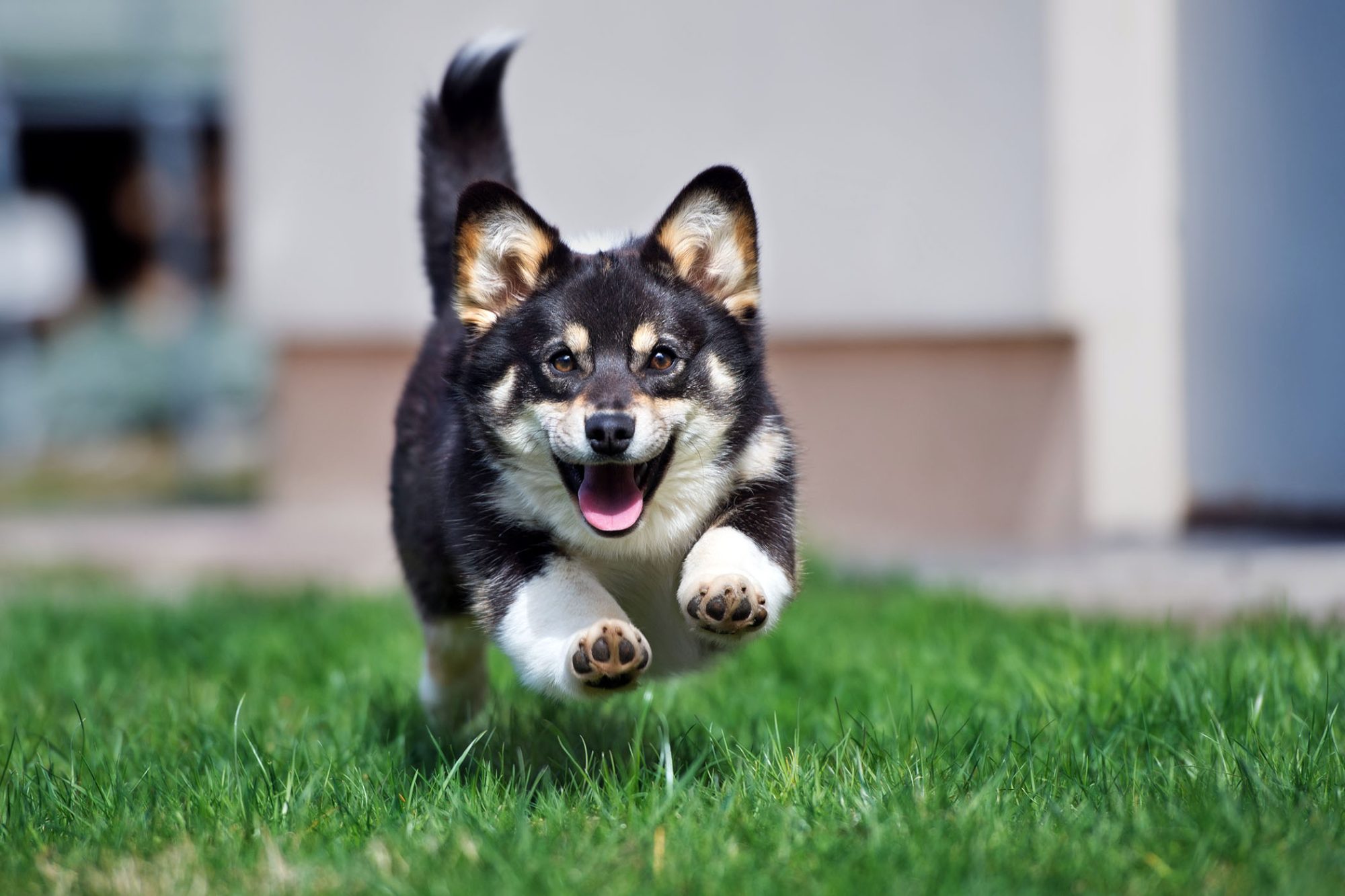
Waving tail
Tail wagging seems to be a clear body language signal. If a dog’s tail is wagging, the dog is happy, right?
Wrong. People misinterpret this signal all the time. All tail wags mean the dog is being emotionally stimulated. It could be excitement, but it could also be frustration or worse. To interpret your dog’s feelings and intentions, look at the speed and direction of the wag and the position of the tail.
Basically, the faster they wag their tails, the more excited the dog is. Think of the long, slow, side-to-side tail strokes your dog makes when greeting you – the kind of dog full-body wag. It’s a comfortable dog. A faster twitch-like wave indicates a higher level of arousal and possibly in a negative way. Think of a guard dog on alert.
A recent tail-wagging study found that dogs tend to wag their tails more when they feel positive about something, such as interacting with their owners. The tail wags more to the left when the dog is facing something negative. If you can see them wagging their tails in a circle, no question, that’s fun. You will often see it when a dog greets a loved one.
Finally, the position of a dog’s tail relative to the ground holds important clues about their emotional state. Basically, the higher the tail, the more assertive the dog is.
Dogs with their tails pointed to the ground or even sandwiched between their legs are feeling scared and stressed. Dogs with tails raised like a flag are feeling confident, maybe even aggressive. Relaxed dogs keep their tails in a neutral position, but neuter depending on the breed. If you can see the dogs body language through the wagging of its tail, you’ll quickly notice when their emotions change.
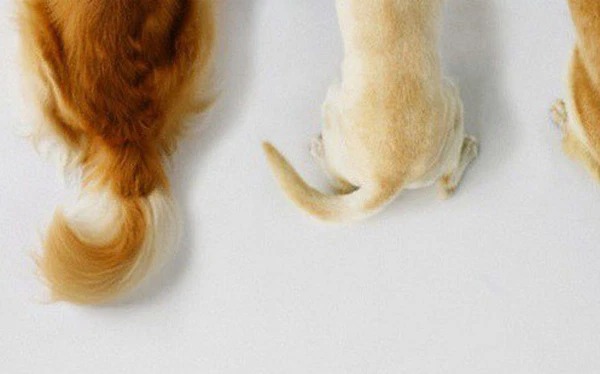
Raised Hackles
When a dog’s hackles are raised, it means the hair along their back is standing up. Technically called piloerection, the fur can fluff up across the shoulders or down the back and all the way to the tail. This is a definite sign that the dog is aroused, but not necessarily in a negative way.
Dogs might be upset or stressed but could also be excited or intensely interested in something. It’s often an involuntary reaction, like goosebumps in people.
Posture
A dog’s weight distribution can tell a lot about mood and intention. Consider a cowering dog that is hunched toward the ground. That’s a sign of fear or stress. The dog may be trying to get away from something and the posture makes the dog appear smaller. In other words, it says, “I mean no harm”.
The extreme of this posture is a dog that rolls onto their back exposing the belly. This may look like a dog soliciting a belly rub, and in a relaxed dog, it often is. But it can actually be a sign of considerable stress and anxiety. The dog may even urinate a little in appeasement.
The opposite posture is a dog with his or her weight shifted forward. This dog is trying to get closer to something. This might simply indicate the dog’s interest. But it could also indicate offensive intentions, particularly paired with other aggressive body language cues like a twitching tail held high. In this case, the dog is trying to appear larger.
An easy-to-read aspect of dogs body language is the play bow. This is when dogs place their chest on the ground with their rump in the air. As the name implies, it’s used to initiate play with other dogs and even with people.

Facial Expressions
Dogs have similar facial features as people, but they don’t use them in the same way. Consider yawning.
People yawn when they’re tired or bored, but dogs yawn when they’re stressed. Dogs use yawning to calm themselves in tense situations and to calm others, including their owners.
Lip-licking is another bit of dogs body language that people often misinterpret. Just like people, dogs will lick their lips after a delicious meal, but they will also do it when they feel anxious. Sometimes the tongue flick is so quick it’s tricky to notice. Your dog isn’t signaling a desire to lick your face, but rather discomfort with a given situation.
The most confusing facial expression is smiling. Yes, some dogs smile, and if you’re not familiar with the expression it can look terrifying. Usually, when dogs bare their teeth, it serves as a warning, as if they’re saying, “Look at my weapons.” The corners of the dog’s lips form the shape of a C and the front teeth are fully displayed.
Smiling dogs also display their front teeth, but the meaning is the complete opposite. Also known as a submissive grin, this expression is often found on a happy dog with a loose and wiggly posture. The dog’s overall attitude says, “Hello, I come in peace.”

Eyes
You can learn a lot about your dog’s internal state by looking at the eyes.
First, a dog’s eyes can be soft or hard. Soft eyes have relaxed lids and sometimes look like the dog is squinting. They indicate the dog is calm or happy.
The opposite is hard eyes where the eyes seem to go cold. These indicate a negative state of mind, and you’ll know them when you see them. The dog might be guarding a toy or feeling aggressive. A hard stare, where the dog looks intently at something, especially for a long time, usually signals a threat.
Eye contact is an important signal for dogs. Just as the hard stare can be a precursor to aggression, looking away is meant to calm a situation. When dogs feel stressed, they will pointedly look away and avoid eye contact. People often interpret this as their dog ignoring them or being stubborn, but the dog is expressing discomfort.
The whites of the eyes are another key indicator. Known as “whale eye”, when a dog shows the whites of the eyes, it’s a signal they are feeling anxious or stressed in a situation. You might see them when you make your dog uncomfortable, like when you pat your dog on the head, or when they’re afraid someone will steal a bone or toy.
None of these dogs body language signals act alone. So, when you read a dog’s communication, look at every signal the dog is using from the tail height to the eye shape. Your dog is “talking” to you all the time. If you learn what your dog is saying, you will develop a deeper bond of trust and respect. Plus, your newfound understanding of your dog’s emotional state will help you predict your dog’s behavior and prevent problems before they occur.

